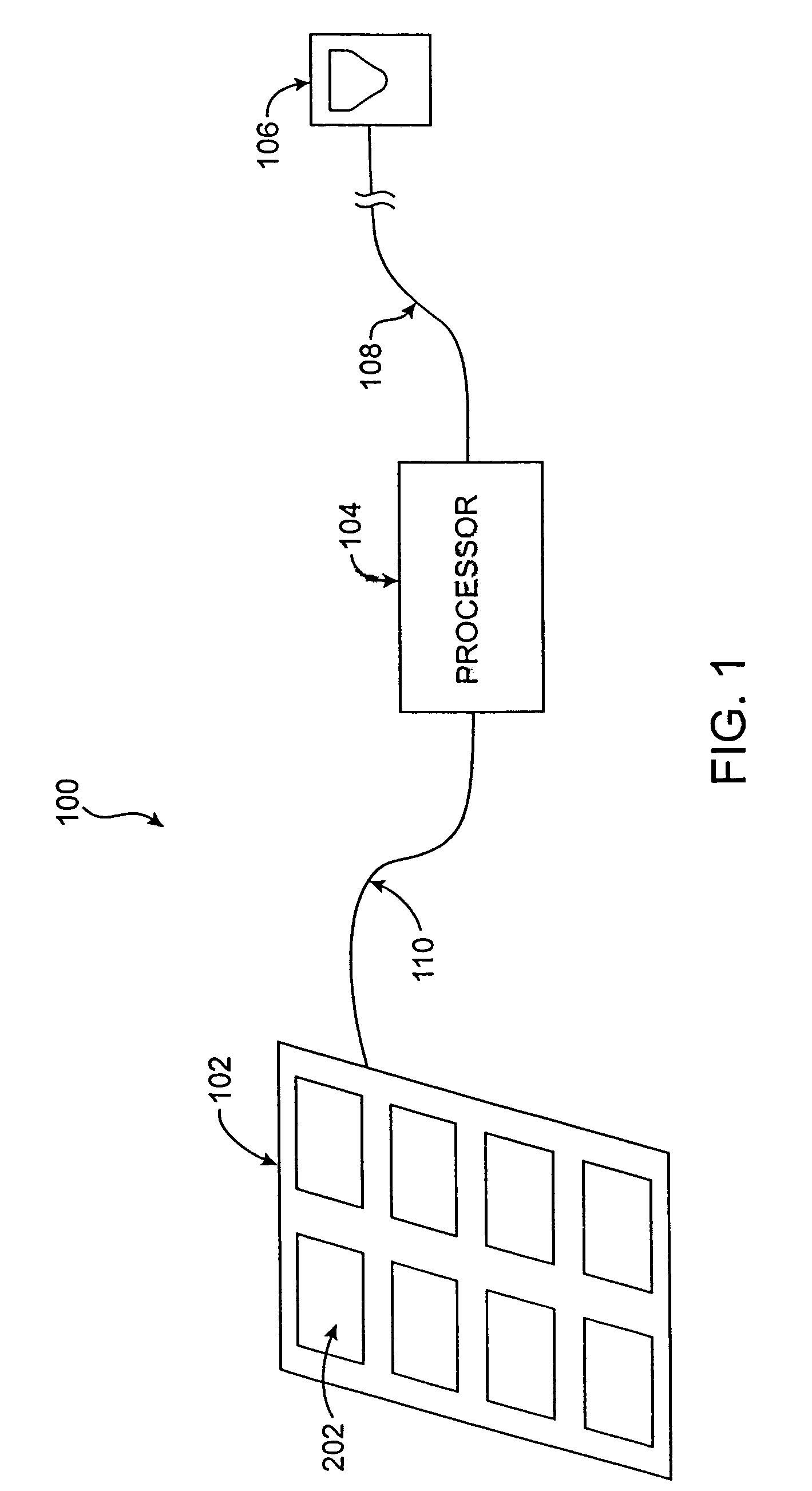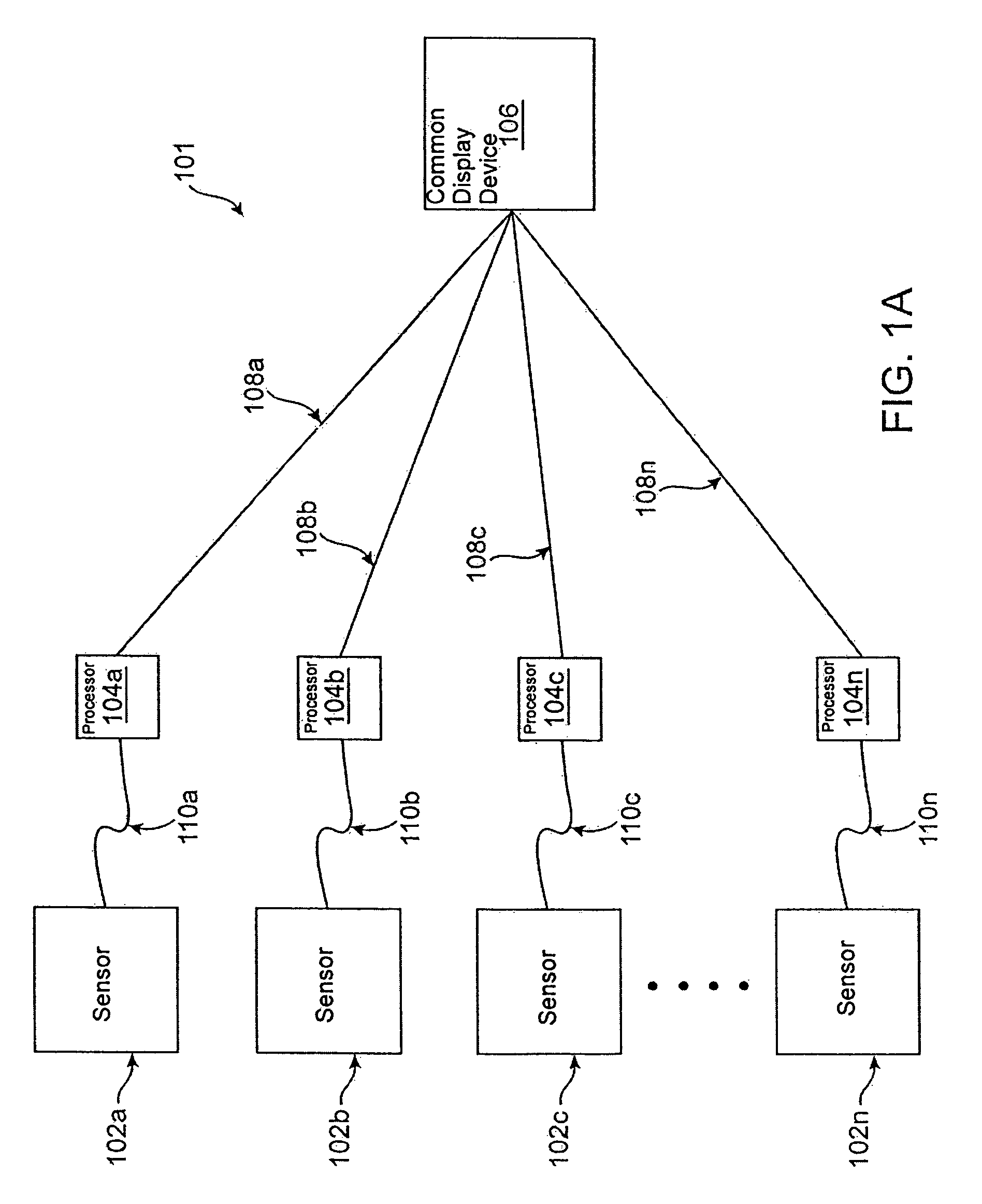Devices and methods for passive patient monitoring
a patient monitoring and passive technology, applied in the field of medical devices, systems and methods, can solve the problems of increasing the severity of hospital patient health problems, reducing the safety of patients, and reducing the risk of falling and injuring themselves
- Summary
- Abstract
- Description
- Claims
- Application Information
AI Technical Summary
Benefits of technology
Problems solved by technology
Method used
Image
Examples
Embodiment Construction
[0046]The present invention generally provides devices, systems and methods for passive monitoring of one or more patients, infants, nursing home residents or any other person or group of persons for whom monitoring is desired. Devices generally include a sensor device having at least two piezoelectric sensors for sensing one or more mechanical signals from a patient, a processor coupled with the sensor device for processing mechanical signals to provide patient data, and means for coupling the processor with a device for providing the data to the user. In some systems, multiple sensor devices and processors may be used to monitor multiple patients simultaneously and each processor may be coupled with a common apparatus for providing the patient data to the user.
[0047]Methods generally include providing a sensor device on a surface, coupling a patient with the device by allowing the patient to lie, sit, lean, stand on or wear the surface, sensing at least one mechanical signal with ...
PUM
 Login to View More
Login to View More Abstract
Description
Claims
Application Information
 Login to View More
Login to View More - R&D
- Intellectual Property
- Life Sciences
- Materials
- Tech Scout
- Unparalleled Data Quality
- Higher Quality Content
- 60% Fewer Hallucinations
Browse by: Latest US Patents, China's latest patents, Technical Efficacy Thesaurus, Application Domain, Technology Topic, Popular Technical Reports.
© 2025 PatSnap. All rights reserved.Legal|Privacy policy|Modern Slavery Act Transparency Statement|Sitemap|About US| Contact US: help@patsnap.com



